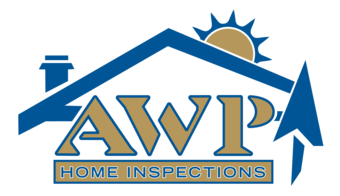The kitchen is often the heart of the home, buzzing with the sounds of family meals in preparation and the aroma of delicious recipes coming to life. However, it’s crucial to keep safety at the forefront. A safe kitchen ensures that the joy of cooking remains undisturbed by accidents. Here are some fundamentals on kitchen safety to make meal prep safe for everyone.
Understanding the Risks and Crafting Solutions for Kitchen Safety
Heat-Related Hazards: Kitchens are rife with hot surfaces—from stoves to ovens and even toasters. To safeguard against burns and scalds, always use oven mitts or potholders when maneuvering pots and pans. Make it a habit to turn pot handles inward, reducing the chance of accidental knocks. If you have children, ensure they are kept at a safe distance from these hot zones, perhaps by defining a ‘no-go’ zone they understand not to cross.
Sharp Objects and How to Handle Them: Sharp knives are indispensable in the kitchen but pose their own risks. Maintaining knives in top condition is paradoxically safer; a sharp knife is less likely to slip and cause injury. Always use a stable cutting board and practice cutting techniques that keep your fingers clear of the blade’s path. Store knives on magnetic strips or in blocks rather than in drawers, where reaching in blindly could lead to cuts.
Spills and Clutter: It’s not just about what’s cooking—what’s underfoot matters too. Spills should be wiped immediately to prevent slips. Investing in non-slip mats can provide additional security, especially in areas prone to moisture, like in front of the sink. Keeping floors clear of clutter and cords also minimizes tripping hazards.
Fire Safety and Prevention Tactics for Kitchen Safety
The risk of fires is notably high in the kitchen. Never leave your kitchen unattended when frying, grilling, or cooking on high heat. Equip your kitchen with a fire extinguisher appropriate for all types of kitchen fires, including grease fires. Regularly maintaining your stove and oven is essential to avoid grease buildup, which can ignite under high heat. If a small grease fire does start, smother it by turning off the heat and covering the pan with a metal lid.
Keeping Illness at Bay Through Proper Food Handling
Cross-contamination and improperly cooked foods are leading causes of foodborne illnesses. The simplest and most effective line of defense is thorough hand washing before and after handling food. Use separate cutting boards for raw meats and other foods, and ensure that all food items are cooked to their recommended temperatures. Keeping your refrigerator under 40°F and your freezer at 0°F is vital in preventing bacteria growth.
Child and Pet Kitchen Safety: Inclusive Measures
With children and pets often roaming the kitchen, proactive measures can help prevent accidents. Consider using safety gates to limit their access during busy cooking times. Store all hazardous materials, including cleaning supplies and sharp objects, well out of their reach. For older children who want to help in the kitchen, start by teaching them basic safety rules and supervise them closely.
Appliance Safety: Know Your Tools
Each kitchen appliance comes with its own set of safety instructions. Familiarize yourself with these guidelines and adhere to them. Regular inspections and maintenance can prevent malfunctions. It’s also wise to unplug smaller appliances when they’re not in use to avoid any electrical hazards.
Maintaining a safe kitchen is an ongoing process that blends vigilance with proactive safety practices. Integrating these measures into your daily cooking routine ensures that your kitchen remains a safe, enjoyable place for everyone.
AWP Home Inspections offers professional home inspection services in West Central and Central Indiana. Our team is dedicated to providing information so you can feel confident about your property’s condition. Contact us to request an appointment.

